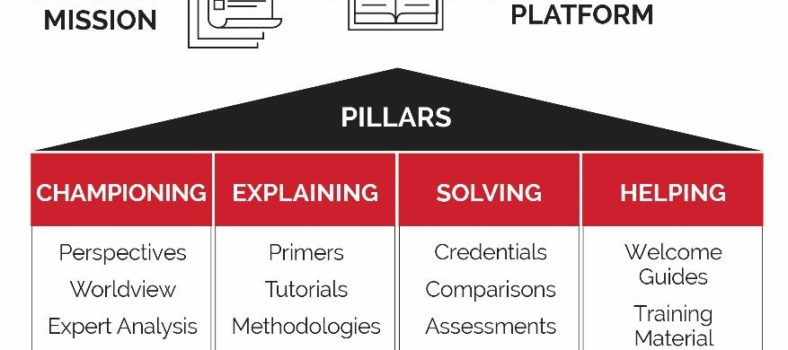 By Evan Wood
By Evan Wood
While it is challenging to keep up with the digital landscape and its ever-evolving technologies and tactics, it’s also hard to argue against its growing influence on marketers. The recently released 2019 Canadian Digital Marketing Pulse Report from Ipsos and the Canadian Marketing Association indicates that three-quarters of the marketers and agencies surveyed feel that a digital presence is critical to their success.
So, it’s no surprise that digital advertising surpassed traditional advertising in Canada in 2018 and will account for $8.8 billion in 2019. This represents almost 54% of the total ad spend, according to eMarketer’s Digital Ad Spending 2019 Canada report.
However, this shift to digital has not been without its shortcomings. In particular, some organizations have more of a “black box” approach around what data is being used for audience targeting, which raises cause for concern.
Is the targeting based on basic demographics only? Does it rely solely on inferences made by some incremental online behavioural activity? If a marketer can target based on key beliefs or attitudes, how was this information derived? While these answers may (and should) be available to marketers by more transparent organizations, the lack of clarity in this environment continues to be a source of confusion.
Marketing disconnects
In the Digital Marketing Pulse Report referenced above, the top digital marketing best practice for 2019 is knowing your target audience and market (rated as Important by 93% of respondents). Yet in the digital ecosystem (and often in traditional marketing), there is often a disconnect between how marketers may have defined their target audiences (e.g. with potentially more comprehensive sources of data) and their ability to effectively execute against these audiences in digital channels, due to a platform’s lack of audience precision.
Some media companies may argue that their first-party behavioural data are enough for this purpose. There is some truth to this claim; first-party data is good and can be effective. However, if this first-party data can be significantly enhanced by third-party data, or if third-party data can act as a practical and actionable proxy for first-party data (if it is not available), then why not use it?
Comprehensive, authoritative and privacy-compliant third-party data, (such as demographics, financials, media and shopping habits), help organizations define, develop and effectively execute against relevant target customer groups.
The effectiveness business case
The case for using third-party data for marketing effectiveness is a strong one:
Most organizations’ customer databases are incomplete; third-party data can help fill in essential gaps to give a complete picture of the customers;
National-level third-party data can provide a universe view (e.g. a denominator); this helps businesses identify market share or wallet share;
For organizations that do not have customer data, third-party data can be linked to privacy-compliant mobile location data to provide a reliable proxy for consumers in or around a particular location;
Third-party data that uses a geodemographic approach can leverage a range of rich survey data to make them practical and actionable at small levels of geography, such as a six-digit postal code;
Custom audiences can be defined using third-party segments and refined with any existing first-party data; this enables more relevant, tailored messaging to different audiences; and
Creating robust segments using or enhanced by third-party data are not only effective and measurable but easy for marketers and executives to understand.
In an increasingly fast paced marketing environment, where consumer expectations from brands have never been higher, marketers and agencies must leverage all relevant data sources to inform their initiatives. A best-case approach is to combine all available data (first-, second- and third-party) with the knowledge and expertise to know what data to use for which purpose. In our data-driven world, failure to do so could well become just that: failure.
Evan Wood is chief sales and marketing officer at Environics Analytics, helping organizations leverage data and analytics to address key business objectives.


